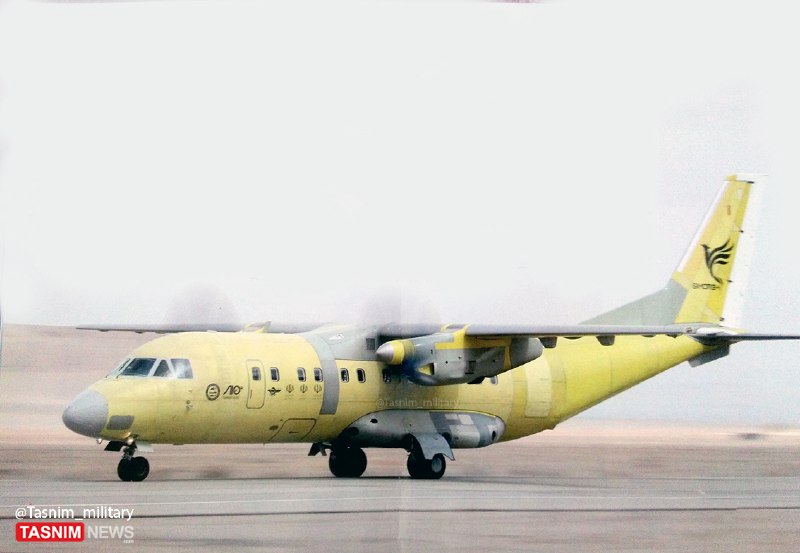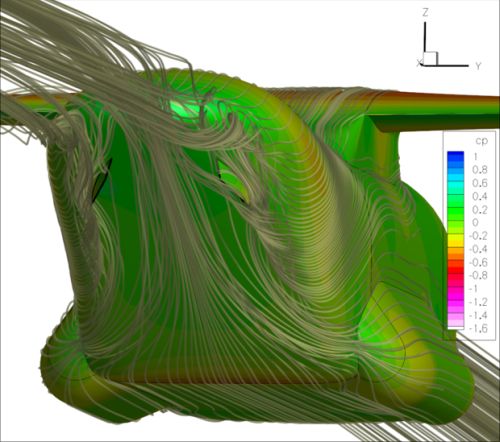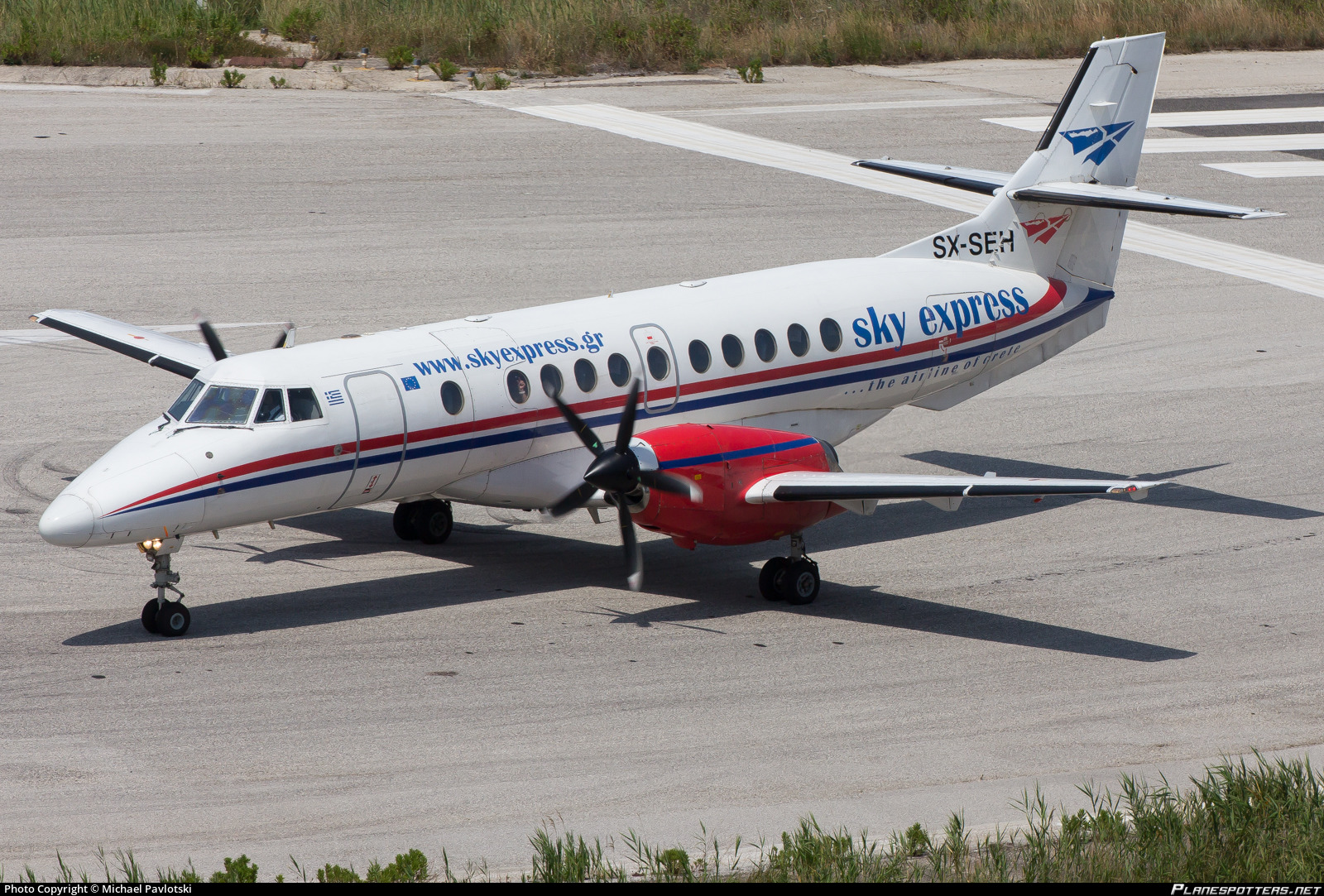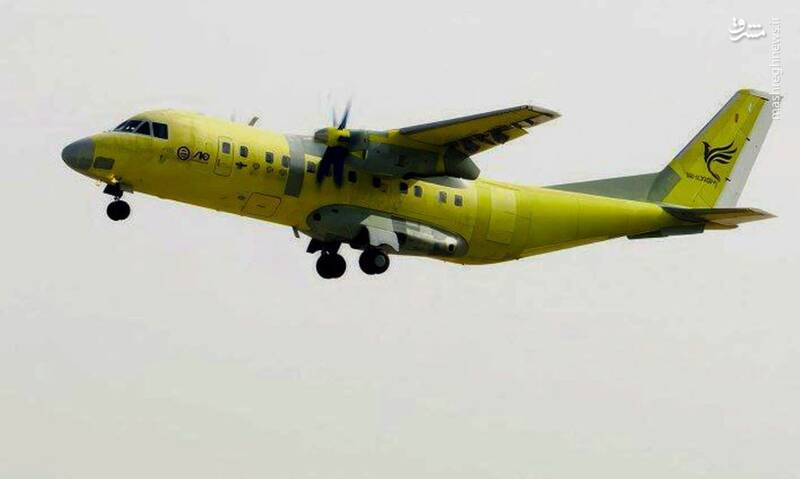LegionnairE
SENIOR MEMBER

- Joined
- Apr 18, 2010
- Messages
- 7,100
- Reaction score
- -4
- Country
- Location
These ideas about "ummah" died after arabs betrayed the Ottoman Empire in WWI anybody who suggests something like that just show off their ignorance.Google paste side by side, it actually looks pretty good, would love to see it after it’s painted, variant 2.0 3.0 will be 1 to 3 years and like I always say instead of everyone here but seems to fall on deaf ears if we as Muslims got together and assisted one another we wouldn’t be lagging behind militarily and economically compared to other countries. Turkey jointly developed their fighter with financing from gulf nations iran and Pakistan assisting with technical support.
Did I ever tell you what the definition of insanity is? Insanity is doing the exact... same fucking thing over and over again expecting... shit to change
As for the plane, I don't think you can really appreciate the differences without physically putting them next to each other and climbing inside.
Last edited:















